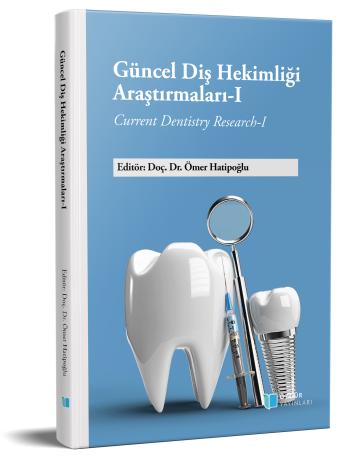
Dental Bleaching Procedures
Chapter from the book:
Hatipoğlu,
Ö.
(ed.)
2023.
Current Dentistry Research- I.
Synopsis
The management of discoloration in today's dentistry practices includes a number of different protocols to achieve aesthetic results and to maintain function. Treatment of tooth discoloration can be interdisciplinary and involve one or more teeth. Coloration occurs for many reasons. There may be colorations of intrinsic origin related to the structural features of enamel and dentin, as well as colorations of external origin such as foods and dyes. Treatment planning first begins with the determination of the etiology. While there are minimally invasive options such as whitening toothpastes, professional stain removal, enamel microabrasion, vital tooth whitening, non-vital teeth whitening, more invasive methods such as veneer crowns and laminate veneers are also used to improve the color of the teeth. The most preferred techniques for devital teeth are walking bleach, thermocatalytic technique, modified bleaching, internal power bleaching techniques. Although there are possible complications of the bleaching process, the treatment is safe and effective when applied with the right indication and technique. Patients should be informed about the processes and risks associated with bleaching, and the method to be used should be determined according to the current condition of the teeth.

